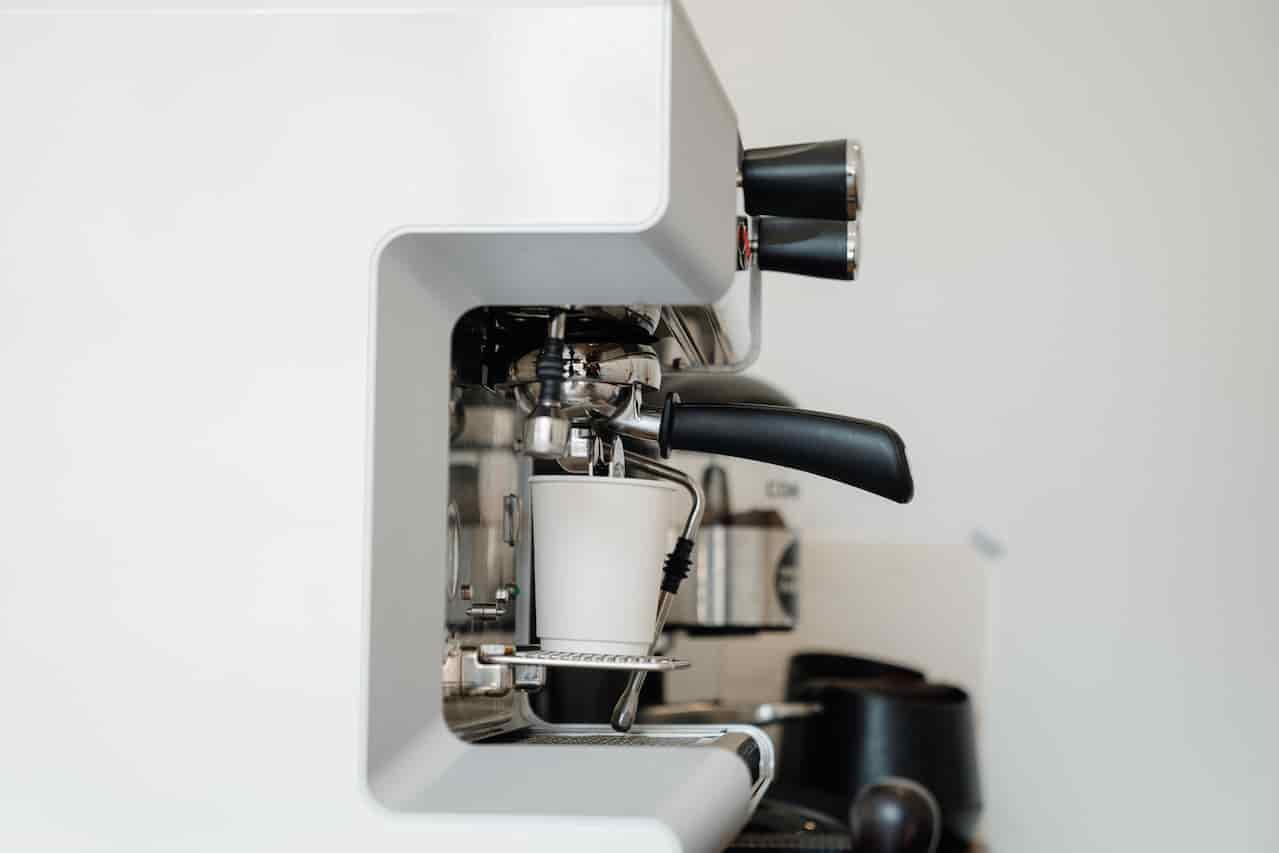Keurig coffee makers have become a popular choice for coffee lovers around the world due to their convenience and ease of use.
These machines are designed to brew a perfect cup of coffee with just a push of a button, but over time, they can become clogged and less efficient.
This is where the process of descaling comes in.
In this article, we will discuss what descaling means for a Keurig coffee maker and why it is important to do it regularly.
What is Descaling?
Descaling is a process that involves removing mineral buildup and debris from the inside of your Keurig coffee maker.
This buildup can accumulate over time and negatively impact the taste and quality of your coffee.
Essentially, descaling involves running a solution of water and a descaling agent through the machine to remove any buildup.
Descaling is a necessary step for maintaining the performance of your Keurig coffee maker.
Over time, mineral deposits from water, coffee grinds, and other impurities can accumulate in the machine’s water lines and heating element, causing the coffee maker to work less efficiently.
Descaling helps to remove these impurities, allowing your Keurig to function properly and brew a better-tasting cup of coffee.
Signs that indicate it’s time to descale your Keurig include slower brewing times, strange noises during brewing, and a decrease in the quality of your coffee’s taste and aroma.
If you notice any of these signs, it’s time to descale your Keurig coffee maker to ensure that it continues to function properly and brew the best-tasting coffee.
How to Descale a Keurig Coffee Maker
If you’ve never descaled a Keurig coffee maker before, it can seem like a daunting task.
However, with the right tools and a little bit of patience, the process is actually quite simple.
Steps to descale a Keurig:
- Unplug the machine and remove any leftover pods or filters
- Mix the descaling solution with water according to the manufacturer’s instructions
- Pour the solution into the water reservoir of your Keurig coffee maker
- Turn on the machine and start the brewing cycle without inserting a pod or filter
- Discard the solution in the mug or container and repeat the brewing process until the reservoir is empty
- Rinse the water reservoir with clean water and fill it up again
- Run a brewing cycle with clean water to rinse the machine
- Repeat the rinsing process until the water reservoir is empty
- Wipe the machine with a clean cloth and plug it back in.
Tools needed for descaling
You will need a descaling solution, a large mug or container, and a clean cloth.
You can purchase a descaling solution from the Keurig website or a local retailer.
If you prefer a natural alternative, you can use a mixture of white vinegar and water instead.
Precautions to take while descaling
It’s important to follow the manufacturer’s instructions and take necessary precautions while descaling your Keurig coffee maker.
Always unplug the machine and let it cool down before starting the process.
Avoid touching the heating element or any hot surfaces.
Also, make sure to dispose of the used solution properly and avoid contact with your skin or eyes.
Frequently Asked Questions
Can vinegar be used for descaling?
Yes, you can use a mixture of white vinegar and water as a natural alternative to a descaling solution.
Simply mix equal parts white vinegar and water, pour the solution into the water reservoir, and run the brewing cycle until the reservoir is empty.
Rinse the machine with clean water and repeat the process until no vinegar smell remains.
How often should you descale your Keurig?
It is recommended to descale your Keurig every three to six months, depending on your usage and the mineral content of your water.
If you notice any signs that indicate descaling is needed, such as slow brewing times or strange noises, it’s best to descale the machine immediately.
Can you drink the water used for descaling?
No, the water used for descaling should not be consumed.
It is important to dispose of the used solution properly and avoid contact with your skin or eyes.
After descaling, rinse the machine with clean water and run a brewing cycle with clean water to ensure that any residual solution is completely removed from the machine.

